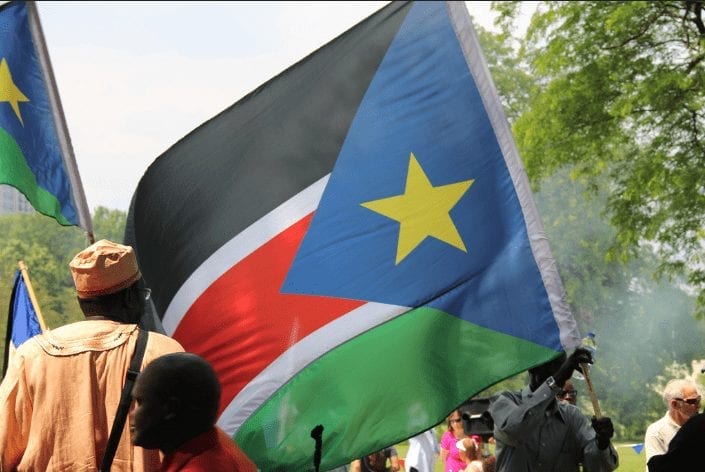
Child Soldier Use in South Sudan Still on the Rise
In South Sudan, the world’s newest country, children rarely get the chance to enjoy childhood. With 70% of the youth population not in school and over 19,000 (UN’s 2018 estimate) children serving as child soldiers in the country’s 5-year-old civil war, the youth are not viewed as the future of the country but rather as a weapon of war in a futile battle for power.
The civil war began in December 2013, when President Salva Kiir accused his former vice president, Ali Osman Taha, of trying to overthrow him, and rebel forces began to seize control of regional towns. Since then, both government forces and rebel factions (although the practice is more prevalent within rebel factions) have been recruiting boys and girls as young as 8-years-old to fight.
Rebel and government armed forces recruit children from their homes, schools, and neighborhoods. Many children are conscripted forcefully, but others join willingly because they see no other future, with no economic prospects and continuous conflict. Once recruited, things often do not improve for these children. Former child soldiers reported abuse in war camps ranging from beatings and food deprivation to sexual abuse. A 15-year-old survivor reported that “life in the bush was hard and if you leave, they will look for you until they find you again and they will take you back.”
Securing the release of child soldiers is a difficult task. The most recent release, in February 2018, saw 300 children released to UN forces. To achieve this, UN supported armed forces brought religious leaders into the bush to negotiate with the children’s commanders for their release. While South Sudan currently ranks highest globally in the number of child soldiers freed from the military, recruitment continues at alarming rates and the number of enlisted children continues to grow (estimated enlistments are up at least 2,000 compared to the 2016 estimates).
Reintegration poses a major problem for international organizations working to get children out of the battlefields and back into their communities. Without proper reintegration programs, many children will simply reenlist after being released. For some, this may be forced reenlistment and for others, they simply know no other option. Children may not know where their families have fled or they have simply become accustomed to life in the bush. The February release of child soldiers included a reintegration plan featuring a three month supply of food, psychological support, access to education, and vocational training (provided by UNICEF and partner organizations).
The Romeo Dallaire Child Soldiers Initiative takes an innovative approach to tackle the problem of child soldiers This three-year program aims to retrain military personnel on how to interact with children in different situations. Their three-pronged model is to “protect, disarm, and reintegrate.” The project aims to reframe the mindset amongst the country’s military elites to see the use of child soldiers as a barrier to peace rather than a weapon of war.
While it is important for international organizations to continue fighting against the use of child soldiers, there is still much to do to slow the growth of this practice and eventually end it all together. Time will tell how effective these new approaches to curbing the use of child soldiers will be.
Article by Sonia Lunn
